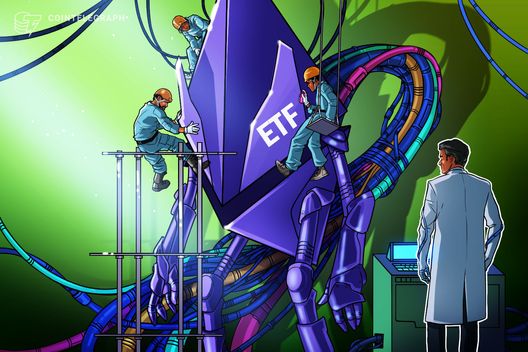- The Sui community has approved returning $162M in frozen assets to Cetus victims.
- The funds will be held in a multisig wallet for user repayment.
- Sui also launched a $10M security push after the $223M exploit.
In a significant move for user restitution and ecosystem resilience, the Sui community has officially approved a vote to return over $160 million in frozen assets following the massive exploit of the Cetus decentralised exchange.
The decision, reached through an on-chain governance vote, marks a decisive moment in the network’s response to one of its most critical security events to date.
Sui Network validators froze $162M in assets stolen in the Cetus hack
On May 22, Cetus Protocol suffered a devastating exploit that drained over $223 million from its liquidity pools after attackers exploited a vulnerability in third-party code.
Following the breach, validators on the Sui network acted swiftly to freeze approximately $162 million in stolen assets, preventing further damage.
This rapid intervention by validators set the stage for an organised recovery process, which culminated in the community vote that concluded on May 29.
With 90.9% of validator stake voting in favour of the proposal, 1.5% abstaining, and 7.2% not participating, the governance vote was overwhelmingly approved.
Update – Validators representing 90.9% of stake have said “Yes” in the onchain community vote, and the vote has concluded early.
With this result, the impacted funds will be moved to a multi-sig wallet and held in trust until they can be returned to users according to the plan… https://t.co/qG8aPAhD8e pic.twitter.com/WjiSbLWt8n
— Sui (@SuiNetwork) May 29, 2025
The recovered funds will now be transferred into a multisignature wallet held in trust, enabling a transparent mechanism for returning assets to affected users.
Cetus, which requested community support shortly after the exploit, has committed to combining the recovered funds with its own treasury and an emergency loan from the Sui Foundation.
This comprehensive recovery package is designed to ensure that all impacted users receive full compensation, thereby restoring trust in the protocol and the broader ecosystem.
Sui and Cetus are vigorously addressing the May 22 exploit
Although the vulnerability that led to the exploit was located in Cetus’ own code, the Sui community has treated the incident as a pivotal learning opportunity.
In response to the breach, the Sui Foundation announced a $10 million initiative aimed at enhancing protocol security through improved auditing practices and formal verification tools.
Moreover, the network is expanding its bug bounty program to include major protocols with high total value locked, reinforcing its long-term commitment to ecosystem security.
Cetus has also issued a detailed roadmap outlining its recovery and restart plans, which are expected to unfold over the course of the coming week.
The protocol confirmed that the first step involves the implementation of an upgrade by validators to move the funds into the multisig wallet.
Subsequently, Cetus will activate its emergency recovery pool and complete a full restoration of its data infrastructure.
In a post shared on May 29, Cetus stated that a dedicated compensation contract is in development and will undergo auditor review before being deployed.
Within just 48 hours, the Sui community united to pass a critical on-chain vote — marking a pivotal moment for the entire ecosystem. Cetus extends our deepest gratitude to the >90% of validators and stakers who voted in favor. Regardless of your stance, your participation… https://t.co/UN2DrlDRTw
— Cetus🐳 (@CetusProtocol) May 29, 2025
Once the protocol resumes full operation, liquidity providers in the affected pools will regain access to their assets, while any residual losses will be addressed through the compensation contract.
While the community’s fast action has earned praise from many in the crypto industry, some decentralisation advocates have raised concerns over the ability of validators to freeze on-chain funds.
Nevertheless, the decisive governance process and transparent communication have strengthened community confidence and underscored Sui’s readiness to confront large-scale security challenges.
Notably, as earlier reported here, Sui has hit the highest-ever monthly DEX volume despite a price dip following the Cetus exploit.
With the vote finalised and recovery efforts already underway, both Cetus and the Sui ecosystem are poised for a resilient return.
The post Sui passes vote to repay Cetus exploit victims appeared first on CoinJournal.




